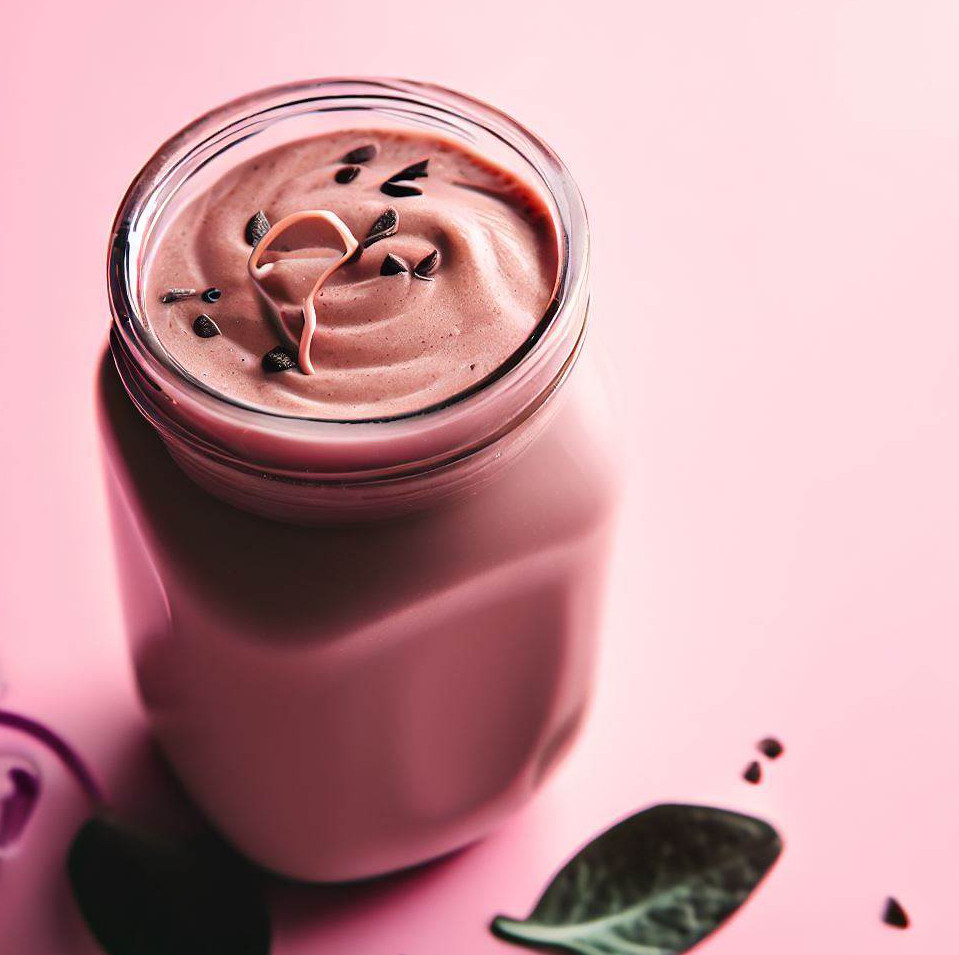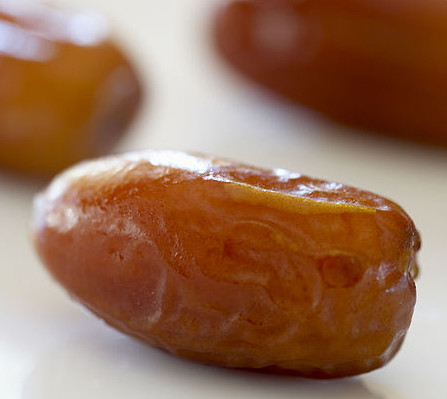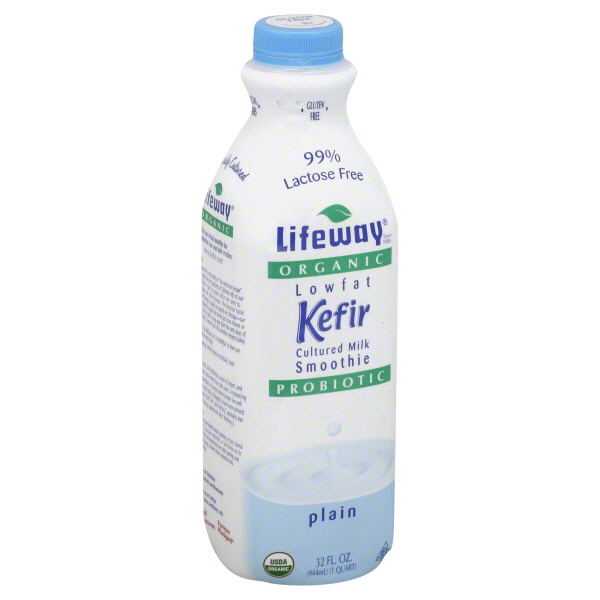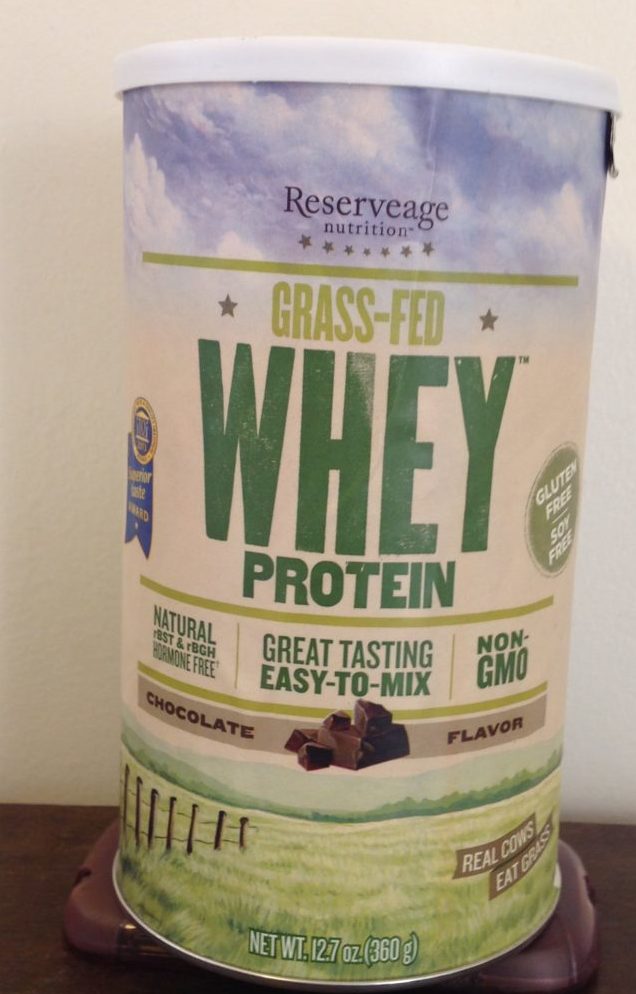How Many Calories are in a Homemade Smoothie?

When it comes to healthy living and fitness, homemade smoothies are a delicious and convenient way to pack in nutrients or to replace a meal. However, there’s a surprising challenge that often goes unnoticed – accurately estimating the calorie content of these seemingly innocent concoctions. While it might be tempting to slap a single calorie count on all homemade smoothies, the truth is, it’s nearly impossible to pinpoint an exact number. Knowing how many calories are in a homemade smoothie depends on the homemade smoothie recipe. The calorie content of a smoothie can vary widely depending on the ingredients and their quantities.
Table of Contents
- The Ingredient Jigsaw Puzzle 🧩
- Quantity Quandary ⚖️
- Blending Breakdown ⚙️
- Nutrient Interaction 🔄
- The Personal Factor 👤
- Embrace the Flexibility, Focus on Balance 🌱
- Crafting Low-Calorie Smoothies 🍏
- Crafting High-Calorie Smoothies for Nutrient-Dense Energy ⚡️
- 1. Nutrient-Dense Fruits and Veggies 🍎
- 2. Creamy and Caloric Bases 🥥
- 3. Protein Powerhouse 💪
- 4. Healthy Fat Boost 🥑
- 5. Energy-Boosting Additions 🌰
- 6. Natural Sweeteners in Moderation 🍯
- 7. Double Up on Nutritional Powerhouses 🥦
- 8. Calorie-Rich Boosters 🏋️♀️
- 9. Balanced and Purposeful 🔄
- 10. Personalize and Experiment 🧪
The Ingredient Jigsaw Puzzle 🧩
Homemade smoothies are a medley of various ingredients, each contributing its own caloric value. From fruits and vegetables to protein powders, yogurts, nut butters, dairy or dairy alternatives, and even sneaky additives like sweeteners or oils – every component adds up. Think of it as a jigsaw puzzle with each piece representing a different calorie count. Some smoothie ingredients are perfect for helping you grow muscle. Others are high in fiber and help your digestive system. Even others are low in calories so that a smoothie made with those ingredients will help you lose weight.
Quantity Quandary ⚖️
Even if you do manage to accurately measure each ingredient, the quantities can vary significantly from one smoothie to another. Did you add a handful of spinach or two? A scoop of protein powder or a heaping scoop? These seemingly minor differences can result in substantial variations in calorie content. A smoothie ingredient calculator can be great for figuring out exactly how many calories are in a homemade smoothie you are drinking.
Blending Breakdown ⚙️
The blending process itself can also influence the caloric estimation. Whole fruits and vegetables retain their fiber, which can affect how our bodies digest and absorb their calories. Blending might break down cell walls and make some nutrients more bioavailable, but it can also change the way our bodies process calories.
Nutrient Interaction 🔄
The way nutrients interact with each other can impact digestion and absorption. For instance, consuming fiber alongside carbohydrates might slow down the absorption of sugars, affecting the overall caloric impact. Smoothies often combine a variety of nutrients that can influence how our bodies extract energy from them.
What this means is that a smoothie high in carbs may be absorbed much quicker than one high in protein. While the calorie count may be similar, how fast calories are absorbed can matter if you are drinking a post-workout smoothie.
The Personal Factor 👤
The number of calories in a homemade smoothie isn’t all that matters. We’re all unique individuals with distinct metabolisms and digestion processes. Factors like gut bacteria composition, metabolism rate, and individual responses to certain foods can impact how many calories we actually extract from a smoothie.
Embrace the Flexibility, Focus on Balance 🌱
Instead of getting caught up in the calorie counting maze, shift your focus to crafting balanced and nutritious homemade smoothies. Embrace the variety of colors, textures, and flavors that whole foods offer. Incorporate a mix of fruits, vegetables, protein sources, healthy fats, and liquids. Listen to your body’s cues and enjoy the nourishing benefits of your creation.
Remember, the beauty of homemade smoothies lies not just in their taste but in the potential health benefits they bring. They can be a fantastic source of vitamins, minerals, fiber, and hydration. So, while the elusive calorie count remains a puzzle, rest assured that your dedication to wholesome ingredients will contribute positively to your well-being.
Crafting Low-Calorie Smoothies 🍏
You can easily make smoothies with low calorie counts. Here are some tips for keeping down the calories in a homemade smoothie while keeping it delicious and satisfying:
1. Go Green with Leafy Goodness 🌿
Leafy greens are an excellent foundation for low-calorie smoothies. They’re packed with essential vitamins, minerals, and fiber while adding minimal calories. Spinach, kale, Swiss chard, and arugula are fantastic options. Start with a generous handful or two, and watch your smoothie’s nutritional value soar.
2. Frugal Fruit Choices 🍇
While fruits offer natural sweetness and a burst of flavor, some are lower in calories than others. Berries – such as strawberries, blueberries, raspberries, and blackberries – are great choices as they’re rich in antioxidants and relatively low in calories. Melons and citrus fruits like watermelon, cantaloupe, and oranges are also fantastic additions.
3. Lean Protein Power 💪
Protein is a key player in crafting satisfying smoothies. Opt for lean protein sources like Greek yogurt, cottage cheese, or a high-quality plant-based protein powder. Protein not only helps you feel full longer but also supports muscle recovery and overall health.
4. Portion Control with Healthy Fats 🥑
Healthy fats add creaminess and a dose of satiety to your smoothie. Avocado, nuts, and seeds like almonds, chia, and flaxseeds are excellent choices. However, due to their calorie density, remember that a little goes a long way. Use a quarter of an avocado or a small handful of nuts to keep those calories in check.
5. Hydration and Volume with Liquids 💧
Liquids play a significant role in controlling the calorie content of your smoothie. Incorporate water, unsweetened almond milk, coconut water, or even herbal tea as your base. These options add hydration and volume without packing in unnecessary calories.
6. Spice Up the Flavor 🔥
Enhance the flavor of your low-calorie smoothie with the power of spices. A dash of cinnamon, nutmeg, ginger, or even a hint of vanilla extract can elevate the taste without contributing extra calories.
7. Nature’s Sweet Touch 🍯
To add sweetness without overloading on calories, rely on the natural sugars present in fruits. Bananas, for instance, offer a creamy texture and a touch of natural sweetness. Be cautious with additional sweeteners like honey, maple syrup, or agave – use them sparingly or consider omitting them altogether.
8. Balanced Blending 🔄
When blending your low-calorie masterpiece, ensure a well-balanced mix of ingredients. Aim for a combination of leafy greens, fruits, protein, healthy fats, and liquids. This harmony not only keeps the calorie count in check but also provides a well-rounded nutritional profile. Keeping calories in a homemade smoothie low isn’t tricky.
Remember, the beauty of crafting low-calorie smoothies lies in their versatility. Don’t hesitate to experiment with different combinations, adjusting ingredients and proportions to suit your taste preferences and dietary goals. As you embark on your low-calorie smoothie journey, relish in the knowledge that each sip is a step toward nourishing your body with wholesome goodness.
Crafting High-Calorie Smoothies for Nutrient-Dense Energy ⚡️
While some of us seek low-calorie options, others are on a mission to fuel their bodies with extra energy and nutrients. High-calorie smoothies can be an excellent choice for athletes, those looking to gain weight, or anyone who needs an extra boost. Here’s how to create nutrient-packed, calorie-rich smoothies without sacrificing health:
1. Nutrient-Dense Fruits and Veggies 🍎
Load up on high-calorie fruits and vegetables to provide a solid foundation for your smoothie. Avocado, bananas, mangoes, and coconut are fantastic choices. These fruits not only add creaminess but also offer healthy fats and carbohydrates that can enhance your energy levels.
2. Creamy and Caloric Bases 🥥
Consider using calorie-dense liquids and bases like coconut milk, whole milk, or nut butters. These ingredients not only contribute to a rich texture but also provide ample calories to boost the overall energy content of your smoothie.
3. Protein Powerhouse 💪
Incorporate protein sources to support muscle growth and repair. Greek yogurt, cottage cheese, silken tofu, or high-quality protein powders can all amp up the protein content and overall calorie count of your smoothie.
4. Healthy Fat Boost 🥑
Healthy fats are your friends when it comes to crafting high-calorie smoothies. Add a generous scoop of nut butter, chia seeds, flaxseeds, or even a handful of raw nuts to provide a dose of satiety and energy.
5. Energy-Boosting Additions 🌰
Consider incorporating energy-dense add-ins like oats, quinoa, or even cooked sweet potatoes. These ingredients provide complex carbohydrates that release energy gradually, keeping you fueled throughout the day.
6. Natural Sweeteners in Moderation 🍯
For added sweetness, use natural sweeteners like honey, maple syrup, or agave. While these contribute to the calorie count, they can also enhance the flavor profile of your smoothie. Remember, moderation is key.
7. Double Up on Nutritional Powerhouses 🥦
Don’t shy away from adding multiple nutrient-dense ingredients. Combine kale, spinach, or other leafy greens with fruits, nuts, and seeds to create a smoothie that’s high in both calories and essential nutrients.
8. Calorie-Rich Boosters 🏋️♀️
For those with higher energy needs, consider adding calorie-rich boosters like extra nut butter, coconut oil, or even a scoop of oats soaked in milk for added creaminess and energy.
9. Balanced and Purposeful 🔄
Remember, the goal of crafting high-calorie smoothies is to provide your body with nutrient-dense energy. Balance is key – aim to incorporate a variety of ingredients to ensure you’re not just loading up on calories, but also nourishing your body with essential vitamins, minerals, and macronutrients.
10. Personalize and Experiment 🧪
Creating high-calorie smoothies is an art, and it’s all about finding what works best for you. Play with different ingredient combinations, textures, and flavors until you discover the perfect blend that satisfies your energy needs and taste preferences.
Whether you’re an athlete seeking performance fuel or simply looking to increase your caloric intake healthily, crafting high-calorie smoothies can be a creative and satisfying endeavor. It’s easy to increase the calories in a homemade smoothie by adding a tablespoon of peanut butter or other high calorie ingredient into your meal.



